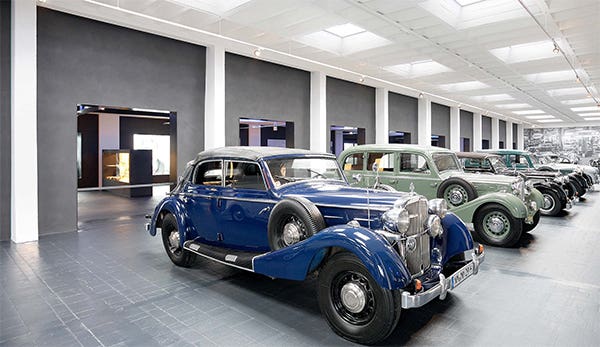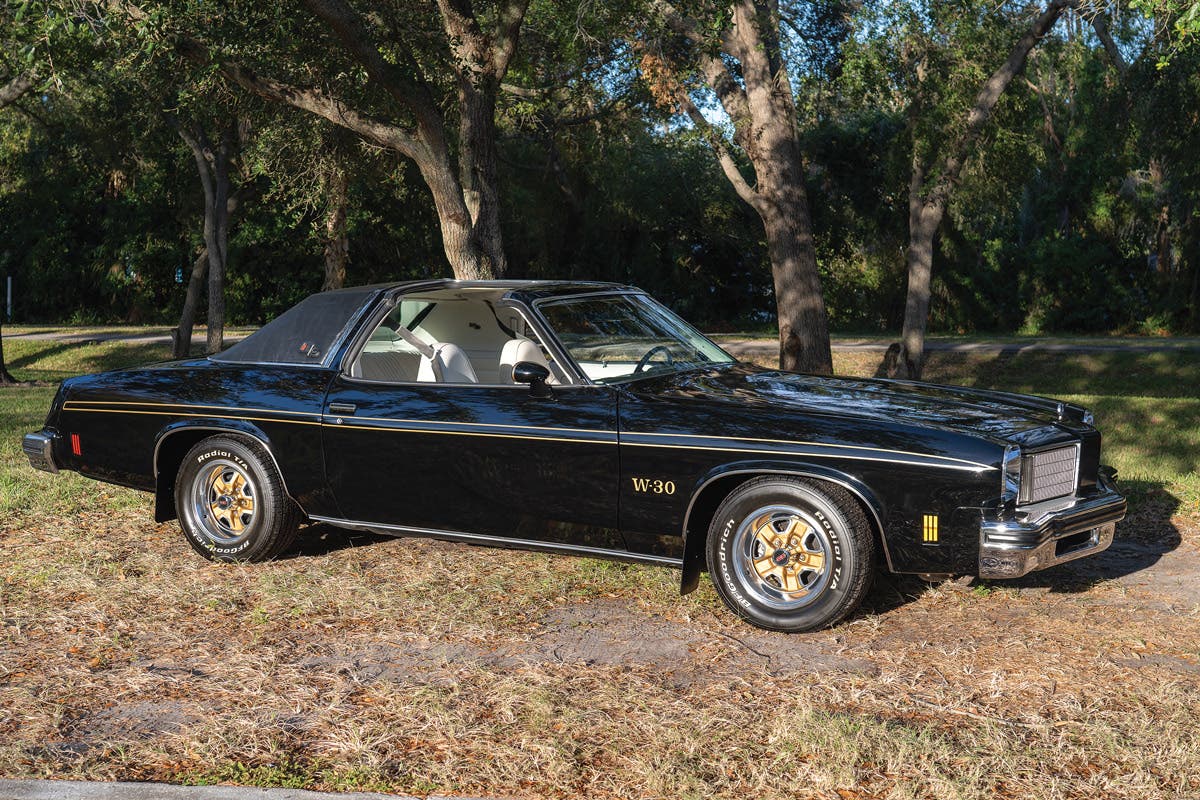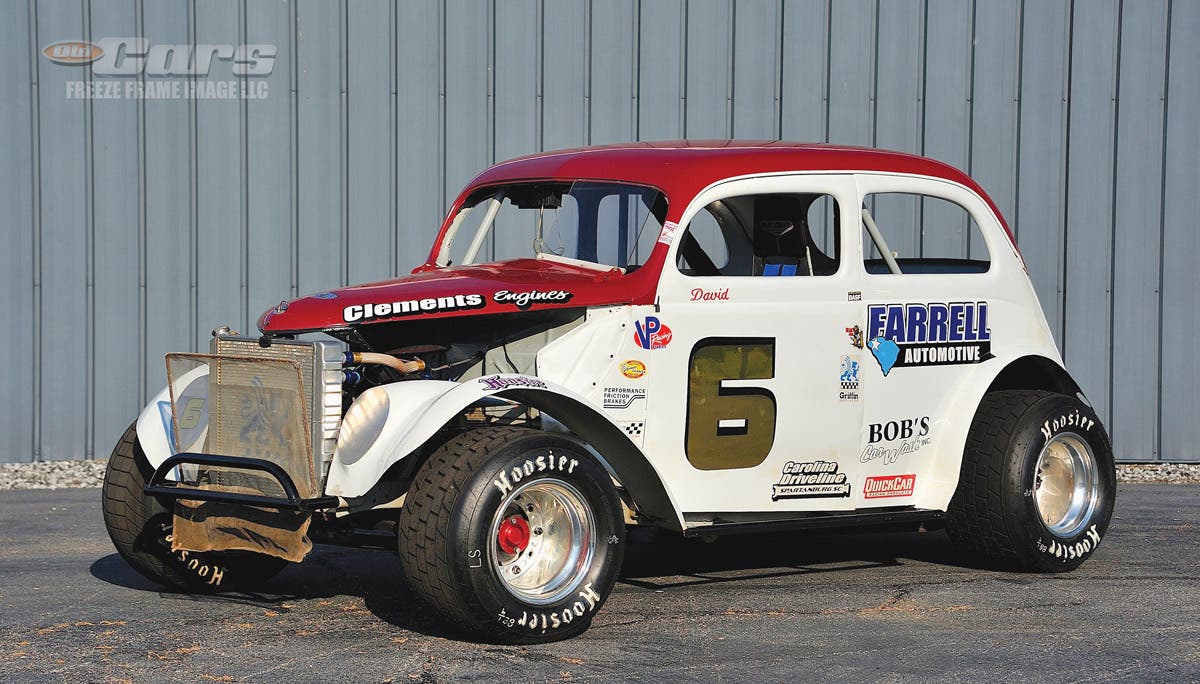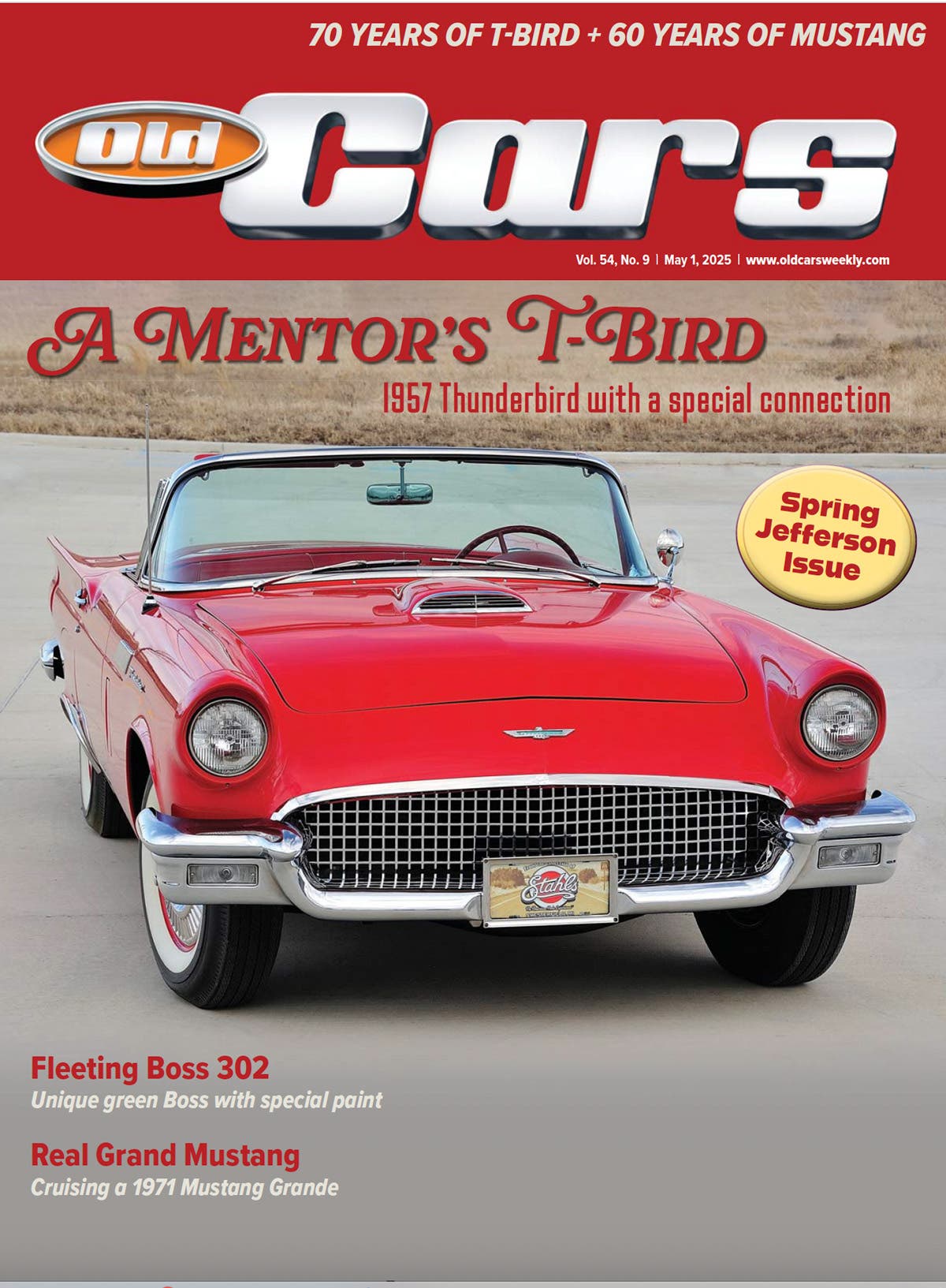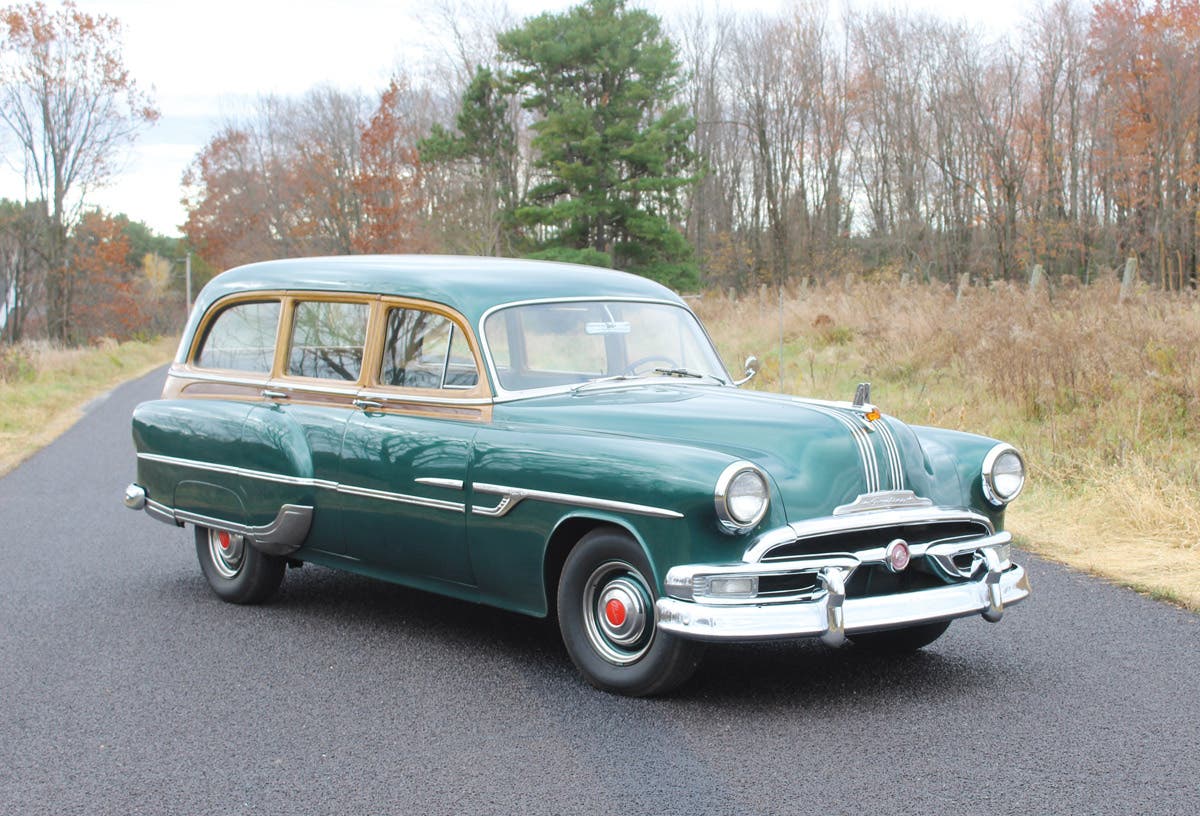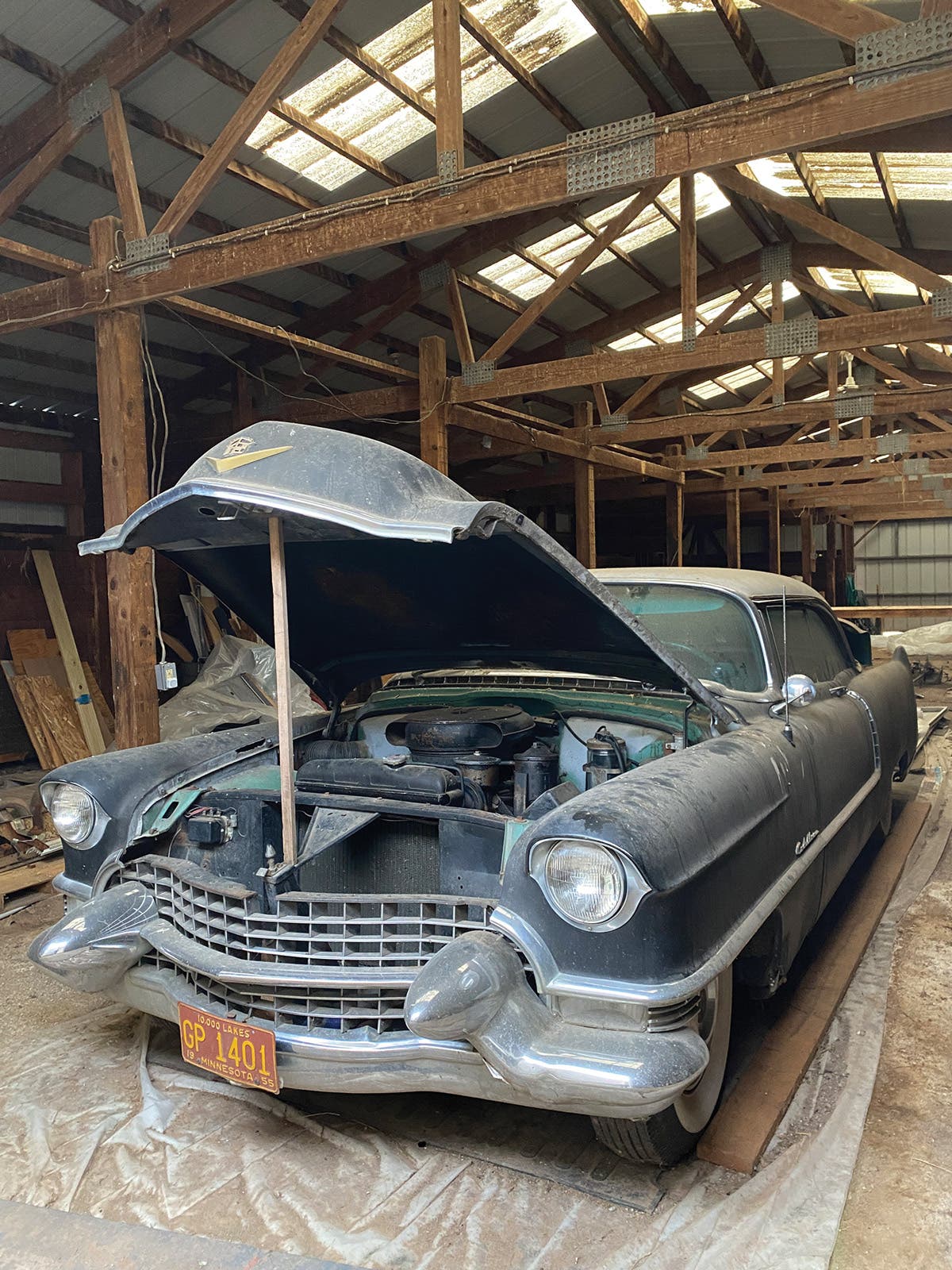GS Xtra Special
When most people think of Buick, they think…well, quite frankly, stodgy. However, like the rich guy who brought Heineken instead of Budweiser to a college beer bash, when Buick showed up on the performance radar, they were there with the best.
When most people think of Buick, they think…well, quite frankly, stodgy. Nothing against the brand, but these were cars that your grandfather bought if a Cadillac was out of the budget. Buicks were known for being solidly built, conservatively dressed, reliable cars. However, like the rich guy who brought Heineken instead of Budweiser to a college beer bash, when Buick showed up on the performance radar, they were there with the best.
The GSX was the most outrageous package that Buick built during the muscle-car era.
Buick had a few mid-size performance cars before 1970; the earlier Wildcats were big boys, the big-inch dual-quad Riviera much too stylish to ever be considered truly “muscular” and the Gran Sport mid-size cars were 400 inches strong but not much on the drive-in radar before 1969. Then, in 1970, as GM pulled out of its edict that had previously kept 455s out of their intermediate body styles, the staid Buicks got hairy.
Buick offered its all-out Stage I 455-cid power in the GS Skylarks, and if your daddy was a banker who didn’t mind some flash in the driveway, the new GSX was the way to go. Going to the limit with their equivalent of the Plymouth Superbird, the Buick name was still on the GSX. Also on a GSX were a deck wing, graphics, a tunnel-port engine, big tires and a blacked-out hood with cold-air openings and a tach stuck to it. Nobody could mistake this for anything but in-your-face muscle.
The chrome Motion valve covers also used the long tiedowns; coupled with the mesh air cleaner, it made quite an appearance.
A properly tuned Buick could blast the quarter-mile Chrondeks down into the 13-second zone, and GSX models came with a lot of solid standard equipment like the F41 suspension package and power front disc brakes, but the car here is even more unique. That’s because its first owner decided that even the factory tune wasn’t enough; he sent it off to the notorious Motion Performance operation in Baldwin, L.I., N.Y., to get “pumped up.”
One of the most successful add-ons to Motion supercars was the Phase III ignition system that used a hot capacitive-discharge ignition box coupled to Mallory parts. It got rid of the points and guaranteed fire in the hole at 6,000 rpm and above.
Motion was best known for Chevrolets it created with Baldwin Chevrolet, but proprietor Joel Rosen and his crew had speed parts for everything. The engine used in the GSX conversion was a replacement block (this was a normal part of Motion’s operation, since they often used crate engines to do engine build-ups before the cars arrived) and received Mickey Thompson headers, chrome valve covers with Motion emblems over the OEM Stage I heads with dressy long cover tiedowns and the underhood “fly eye” chrome mesh air cleaner with foam element. The factory AC unit stayed on. On the outside went twist-down barrel-type hood locks and Motion emblems on the front fenders.
The blacked-out hood was standard on all 1970 GSXs, which came in only two body colors – white and yellow. The scoops normally connected to the air cleaner, but that item was discarded during the first rebuild in favor of a more functional top-element version.
The car had also gotten some of the “standard” Motion Phase III tuning mods – the Phase III electronic ignition and coil, dual electric fuel pumps in the trunk, an Edelbrock intake, and a big, “mean mutha” three-barrel 980-cfm Holley carb. The shop had also removed the Buick rear and swapped in a 4.11 Posi-Traction 12-bolt Chevy rear with a finned back cover, added a Lakewood ladder bar outfit and Hurst shocks, installed a shift kit and mounted Keystone mags with Motion-logo centers and wide M/T tires in place of the factory Goodyear versions.
That only left the interior. The GSX didn’t need much in terms of creature comforts, but Motion added a couple of tricks in addition to yet another emblem on the dash. An alarm system was installed for curbside safety, and a switch panel was located under the dash above the driver’s right leg. Three of these controlled the ignition, the fuel pumps and alarm; the fourth one shut off the taillamps!
In many minds, one of the coolest wheels of the muscle era were Keystone mags like these. Motion installed a set on this Buick, and the spinner caps are a crowning touch.
Mark Reeves of Woodstock, Ga., has a special spot for Buicks. The owner of an automotive restoration shop called Then & Now, he has several pretty interesting Buicks in his personal collection, and had heard a rumor that a Motion-tagged GSX was in his area. He hadn’t seen the car personally, but he talked with some of the Buick guys in the know, Duane Heckman and Jim Hawthorne, to find out if such a car even existed. Hawthorne had recalled having a conversation with Joel Rosen, the proprietor of Motion, who could recall doing only two Buicks back in the day – a blue 1969 GS that Hawthorne had located already and a Saturn Yellow GSX. The car Reeves was looking at was also Saturn Yellow.
“Frankly, I thought it was real right away,” says Mark, “though the guy I got it from wasn’t sure. At any rate, it was a real GSX, so it was worth taking the chance to buy it. The man who had it had bought it in the late 1980s from a gentleman who had already taken the body off the frame and begun to restore it. The owner I got it from had bolted the body back on halfway, shot some red oxide primer on the spots that had been stripped to bare metal, and basically it was a project that has never gotten off the ground. When I bought it, the car was in pieces and boxes.”
This little panel of toggles was used to control several functions, including the fuel pumps, the ignition system, the alarm system, and the “taillamp kill” switch. Hmmm, wonder why you might have needed that?…
One of the biggest challenges facing owners of Motion cars is provenance, the ability to show they are indeed authentic from the era. Luckily, Joel Rosen is still around, and he does render opinions as to the authenticity of Motion vehicles. After taking pictures of every little detail and consulting with noted supercar locator Tim Lopata, Mark sent a package to Rosen to see if, indeed, the changes had been done in Long Island. Here is the reply –
Dear Mr. Reeves:
Mark, after checking your pictures and information carefully, it is my opinion that your Buick GSX VIN# XXX was not a new Baldwin-Motion new car delivery (since we did not sell new Motion Buicks), but that it was a job done (built) in our service department for a retail customer. It would have been worked on by the same mechanics who built our new cars and as such should have increased value over a stock GSX. I hope you see your way clear to restore it properly and I’m sure it will be a great collector car – Joel Rosen, Pres. Motion Performance, Inc.
That opinion was coupled to a recollection posted on the Buick Performance Group Web site (www.buickperformancegroup.com) from a man from North Babylon, N.Y., named Bill Mahoney. Mahoney was a regular Motion buyer who had owned a ’70 454 Chevelle and a ’72 454 Phase III Camaro; his Chevelle had been in the shop during the late April/early May period of 1970 for upgrades, and the yellow GSX was being worked on right next to his. In fact, he even knew the two mechanics who did the work, Paul Braccini and Phil Frolic.
Mark completed the restoration back to those specs, and what you see here is probably just about the way it looked when its still-unknown owner picked it up. We have no idea how quick it is, but this thing sounds nasty. Mark’s effort to preserve this very unique piece of Buick history speaks for itself….come on, baby, light my fire…
Visible here is the reworked suspension layout. The F41 handling package was standard on the GSX, but Motion saw fit to swap in a 12-bolt Chevy rear and Lakewood ladder bars.



